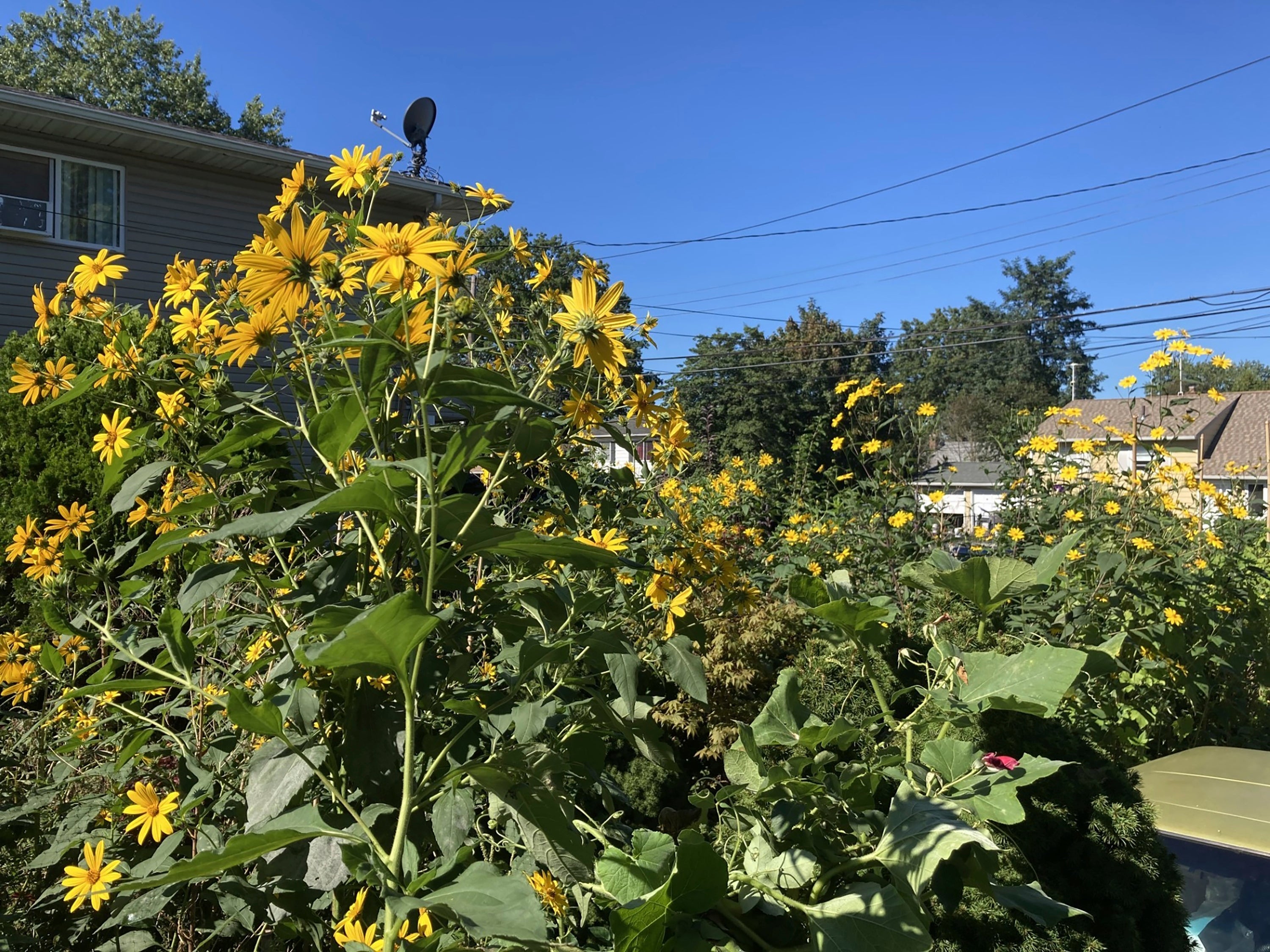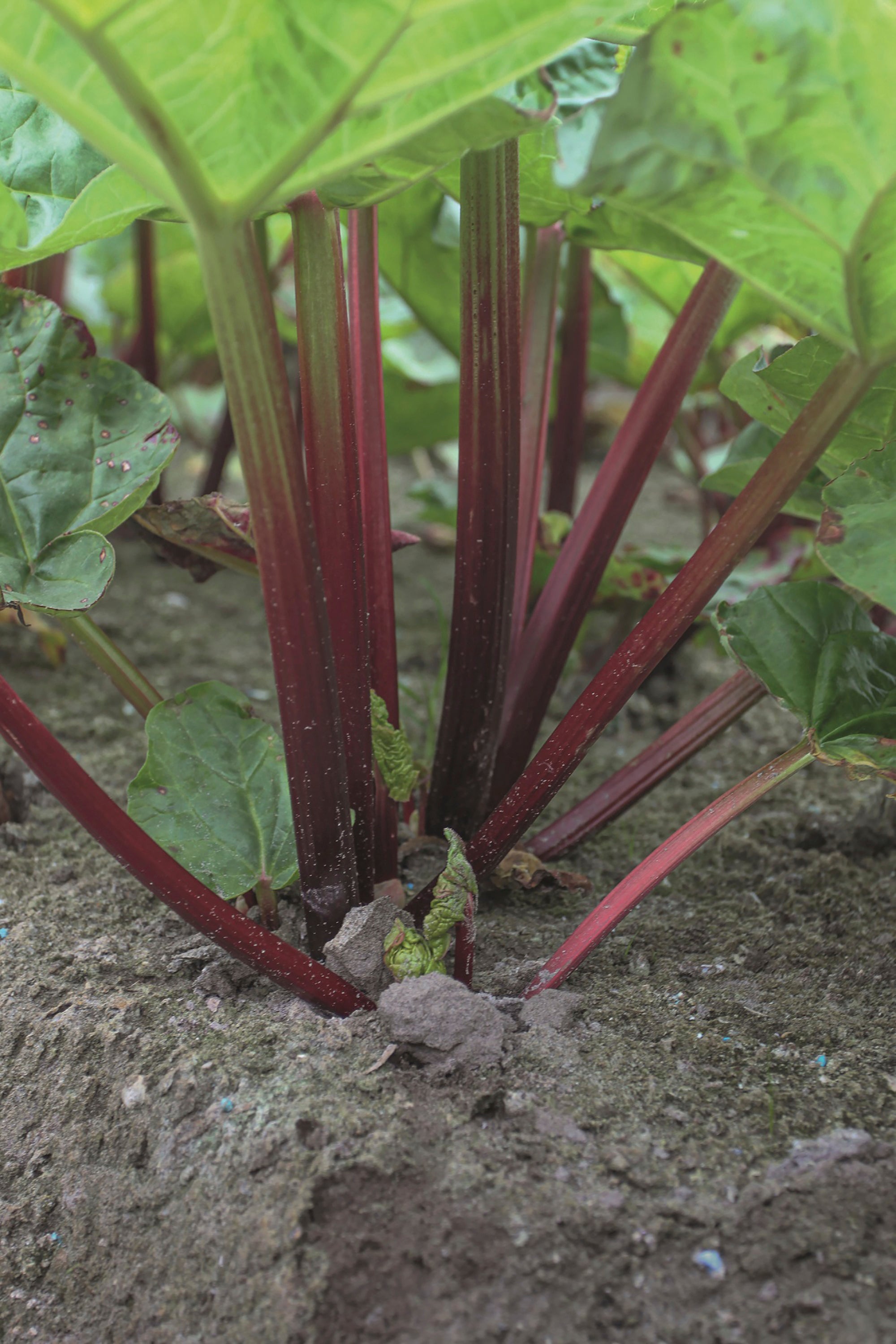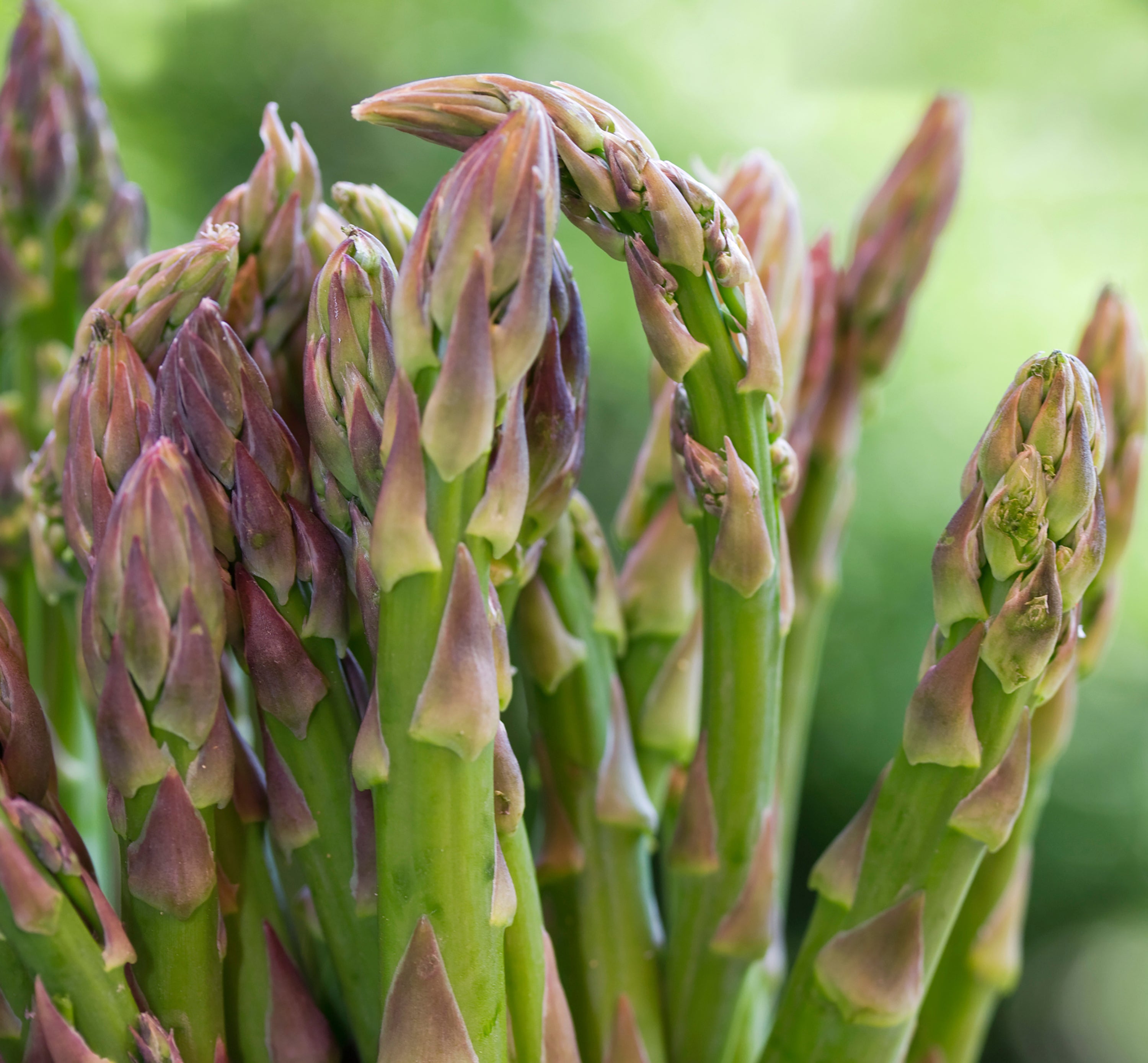Not all garden vegetables are annuals – these crops come back year after year
Some perennial vegetables should be allowed to become fully established in the garden before harvesting

Most vegetables grown in home gardens are annuals. They wither and die at the end of the season and need to be replanted every year to reap more crops.
But if you’re short on time or money, don’t want to be bothered with yearly planting or want to try something new, I’ve got just the plants for you: perennial vegetables.
If you ever were to focus on improving your soil, it should be before planting perennials. Since the bed will contain plants for years to come, it’s the only chance you’ll get to truly mix in compost or manure, till in amendments to adjust the soil’s pH and properly dig weeds up by their roots without the risk of disturbing nearby plants.
It’s also an excellent time to incorporate an organic fertilizer. Just as a house needs a good foundation, healthy plants begin with healthy soil. Seize the opportunity while you have it.
One benefit of growing perennial crops is that they’re generally low maintenance. Once you’ve planted a crop, there will be no need to plant it again, so you won’t find yourself tilling, turning or digging the soil again for as long as they are in your garden.
Going forward, sprinkle an inch or two of compost and, in most cases, a dose of fertilizer granules over the soil every spring.
Just as when growing ornamental perennials, be sure to confirm that your growing conditions match your chosen plants’ individual requirements, such as cold hardiness, pH range, sunlight exposure and water needs.

Some perennial vegetables should be allowed to become fully established in the garden before harvesting.
Asparagus, for instance, is an exercise in patience. Plants should be allowed to grow undisturbed for two full years before harvesting. Plant in spring, and when third-year stalks are 6-10 inches tall, use a sharp knife to cut each slightly below the soil line. Stop harvesting in early July to allow plants to store up the energy required for next year’s crop. (Perennial in zones 3-8)
Rhubarb also shouldn’t be harvested immediately. You can, however, sample up to four stalks per plant in their second year. Plant bare-root crowns, with their buds, or “eyes,” facing upward, 2 inches below the soil surface in either spring or fall, allowing 3-4 feet between plants. Starting in their third year, harvest stalks when they are between 12 and 18 inches long, but never remove more than two-thirds of each plant. (Perennial in zones 3-8)

Jerusalem artichokes – also called sunchokes – are quick-spreading plants that can take over a garden bed, so consider growing them in their own space. Plant 3-5 inches deep and 12-18 inches apart in early spring. The easy-to-grow plants aren’t particular about soil type and don’t need annual fertilization, but they cannot tolerate soggy soils. Harvest tubers in autumn, preferably after a couple of light frosts, which will improve their flavor. But allow some to remain in the ground to produce next year’s crop. (Perennial in zones 3-8)
Egyptian walking onions are unusual, fun-to-grow onions that spread as they “walk” across the garden bed. Not considered invasive because they can be easily controlled (unwanted plants pull up easily), these onions grow clusters of small bulbils (secondary bulbs that grow at the top of the plan) at the top of their stalks. When they become too heavy for the plant to bear, the stalks bend over, resting the bulbils on the soil surface. Before long, the bulbils root and grow into new plants. Harvest bulbils anytime and use as you would onions, or dig up full-size onions in late summer, allowing some to remain in the ground for next year. (Perennial in zones 3-9)
Bookmark popover
Removed from bookmarks